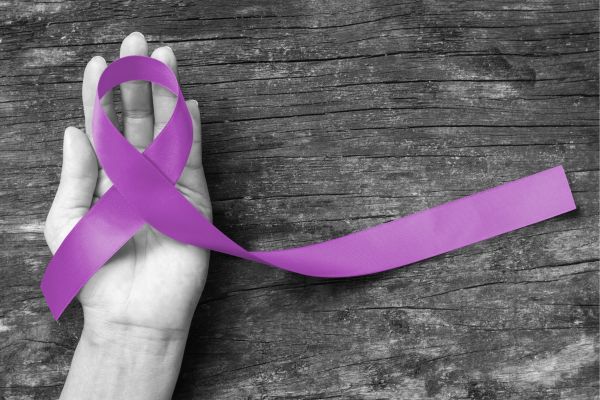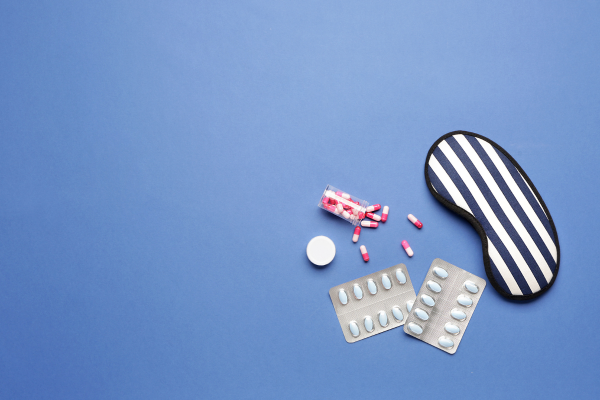The holidays can be a beautiful time of connection, celebration, and joy. But for those struggling with anxiety, they also bring unique challenges. If you or someone you love experiences heightened stress during the holidays, it’s important to remember that these feelings are valid and manageable. Here, we’ll share practical, empathetic strategies to ease the stress and foster meaningful connections.
Practical Tips to Manage Holiday Anxiety
Holiday stress can feel relentless, but there are ways to regain control and create moments of peace and joy. These tips are tailored for those living with anxiety and their loved ones, emphasizing care and understanding.
1. Prioritize Self-Care
Practicing self-care during the holidays can ensure that you have the energy and calmness to fully engage with the season in a manageable and fulfilling way.
- Set Healthy Boundaries: Decreasing invitations or tasks that feel overwhelming is okay. Prioritize what truly matters to you and your family. Saying “no” doesn’t make you unkind; it ensures you can focus on your well-being.
- Practice Relaxation Techniques: To reduce racing thoughts and tension, try deep breathing exercises, progressive muscle relaxation, or guided meditations. These practices can be especially helpful before or after challenging moments.
- Focus on Basic Needs: Anxiety often worsens when you neglect basic needs like sleep, nutrition, and hydration. To build emotional resilience, create a daily routine incorporating balanced meals, consistent sleep, and hydration.
2. Create a Realistic Holiday Plan
Anxiety thrives on chaos, and the holiday season often feels like a whirlwind. Establishing a clear, realistic plan can alleviate stress and give you a sense of control. The organization doesn’t mean perfection. It means allowing flexibility while reducing avoidable pressures.
- Simplify Gift-Giving: Expensive, elaborate presents aren’t the key to holiday joy. Instead, focus on thoughtful and meaningful gestures like handwritten notes, handmade items, or experiences tailored to loved ones’ preferences.
- Use Organizational Tools: From mobile apps to old-fashioned planners, tools can help break down tasks into manageable steps. This minimizes last-minute rushing and keeps holiday chaos at bay.
- Be Flexible: Accept that not everything will go according to plan, and that’s okay. Adjusting expectations and going with the flow can reduce the pressure to achieve a “perfect” holiday.
3. Balance Social Connection with Solitude
For those with anxiety, social interactions can be both nourishing and draining. Striking the right balance between connecting with loved ones and honoring your need for solitude can make the holidays more enjoyable and less overwhelming.
- Navigate Family Dynamics Gently: Family gatherings can trigger, especially if unresolved tensions or grief exist. Communicate your boundaries, and consider discussing difficult topics privately or with support.
- Foster Meaningful Interactions: Focus on quality over quantity. Prioritize spending time with people who uplift you, and engage in meaningful conversations rather than spreading yourself too thin.
- Take Breaks: During gatherings, find moments to step outside for fresh air or retreat to a quiet corner. Short breaks can help you recharge and return with a calmer perspective.
4. Incorporate Activities That Bring Calm
Finding peace in the chaos of the holidays can help you feel grounded. Incorporating calming activities benefits the person with anxiety and can create a more serene environment for everyone involved.
- Move Your Body: Physical movement like walking, yoga, or even stretching releases endorphins, which improve mood and reduce stress. Encourage participation as a family activity to build shared moments of calm.
- Engage Your Senses: Sensory activities—such as listening to soothing music, lighting scented candles, or sipping warm beverages—can provide comfort and help you stay present.
- Unplug from Social Media: Social media can amplify feelings of inadequacy through unrealistic portrayals of “perfect” holidays. Take intentional breaks from scrolling to focus on real-life joys and connections.
Understanding Why Anxiety Increases Over the Holidays
Anxiety is more than just stress or worry—it’s a mental health condition that can affect emotional, physical and behavioral well-being. During the holidays, even those who don’t typically experience anxiety may find themselves feeling tense or overwhelmed. For those with pre-existing anxiety, the season can feel like an uphill battle. Here are some reasons why:
- Financial Pressures. The desire to give generously can lead to financial strain, with the pressure to buy gifts, host events and travel. These expectations can leave individuals feeling inadequate or guilty if they’re unable to meet them.
- Social Expectations. Holiday parties and family gatherings can be overwhelming, especially for those managing social anxiety. The pressure to attend events, engage in conversations, or conform to social norms can create significant distress.
- Family Dynamics and Grief. The holidays often highlight unresolved family tensions or bring back painful memories of loved ones who are no longer present. This grief or discomfort can make gatherings emotionally challenging.
- Overpacked Schedules. Between work deadlines, holiday shopping, and preparing for celebrations, the relentless pace of the season leaves little time for self-care. Burnout often follows, intensifying feelings of anxiety and stress.
Signs and Symptoms to Watch For
It’s important to recognize the signs of anxiety, whether you’re experiencing it yourself or observing it in someone close to you. These symptoms aren’t just “holiday stress”—they can signal a deeper struggle that deserves care and attention.
- Physical Symptoms. Muscle tension, headaches, or upset stomach. Persistent fatigue or difficulty sleeping.
- Emotional Indicators. Heightened irritability, sadness, or frequent feelings of overwhelm, emotional outbursts, or moments of withdrawal.
- Behavioral Changes. Avoiding social interactions or procrastinating on holiday tasks and turning to overeating, excessive alcohol consumption, or other coping mechanisms.
Signs That Professional Support is Needed
While feeling stressed or overwhelmed during the holidays is common, persistent or worsening symptoms may indicate the need for professional help.
Professional support is needed when:
- Anxiety interferes with your ability to manage work, relationships, or self-care.
- Holiday traditions or gatherings that once brought happiness now feel overwhelming or empty.
- Experiencing hopelessness or emotional heaviness that doesn’t lift with rest or relaxation
- Friends or family express constant concern about your mental health.
Wrapping Up
The holidays may amplify anxiety, but they also present opportunities to slow down, connect meaningfully, and focus on what truly matters. Whether you’re personally struggling with anxiety or supporting a loved one who is, remember that it’s okay to seek help and prioritize mental health.
This season, let compassion guide your decisions. Take small, manageable steps toward joy and healing, and seek professional support if needed. Remember: seeking support is not a sign of weakness. It’s a courageous step toward reclaiming your well-being.









